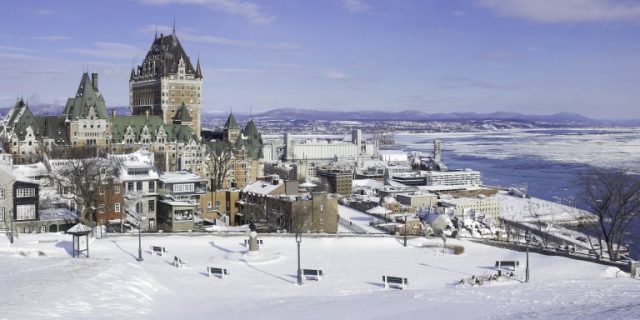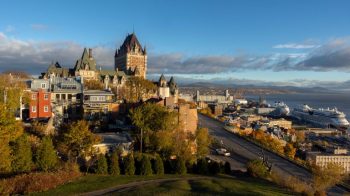
Quebec is more widely referred to as the la belle district in tourist. It was developed in 1608 and was famous for the fur-trade which was popular in those times. Seeing Quebec resembles visiting the French era once again. Quebec is the heart of the French Canada where English needs to take a second position, differs any type of place in North America. Everything concerning this place, from the society to architecture, songs, religion as well as the basic lifestyle is truly various from th remainder of the nation. Quebec City being the resources of the province has a really European feeling to it which leaves the site visitor definitely fascinated. Some of the structures which draw focus towards themselves in this captivating city might be provided as listed below: Parliament Structures: This is a 19th century, Louis XIV design building which houses the National Setting up of the 125 province reps. It was integrated in 1886 and also is motivated by the Louvre Gallery in Paris. Today it is an energetic operative army fort as well as can be checked out just together with correct guides. The led tours are performed both in English and also French. The Fortifications of Quebec City: This commanding wall surface was erected under both the British and also the French regimes; it develops a 4. This stronghold bears witness to the development of Quebec’s defense system from the 17th to the 19th century. A well defined sentry path lined with interpretation signposts runs atop the barricades as well as gates. Quebec is the only province in North America to maintain its historic ridges. Basilique-Cathédrale Notre-Dame de Québec: The church was first constructed in 1633 as a simple votive candles chapel committed to the Virgin by Samuel de Champlain. Vieux Monastère des Ursulines: The convent is just one of Quebec’s earliest structures. It is located simply off the Rue St-Louis. The convent was established in 1639 by Madame de la Peltrie which supplied education for young girls both Indian as well as French. She was revered as a saint in the 17th century and was beatified in 1980. The convent museum has plenty of interesting artefacts which strongly explain the life in the convent in those days and the lives of the foundress as well as the Mother Superior are completely recorded right here.


